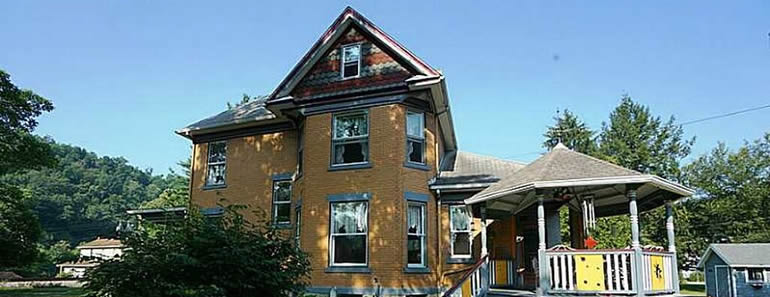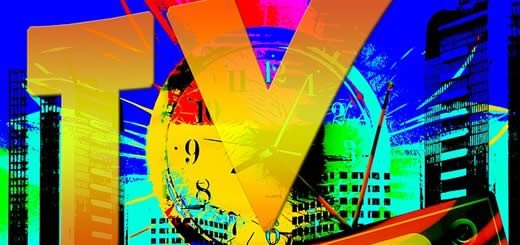Beavers A Canadian Emblem
Canada, a nation known for its stunning landscapes, friendly citizens, and diverse wildlife, has a unique and enduring association with a particular creature — the beaver. This industrious rodent has become a symbol of Canadian identity, deeply ingrained in the country’s history and cultural fabric. In this article, we’ll explore why Canada is so closely tied to beavers and how these industrious animals have come to represent the spirit of the Great White North.
Historical Significance:
The association between Canada and beavers can be traced back to the early days of European exploration and colonization. In the 17th century, the lucrative fur trade was a driving force behind the establishment of New France, the French colony in North America. The beaver’s luxurious fur, prized for its warmth and water-resistant qualities, became a highly sought-after commodity.
The Hudson’s Bay Company, one of the oldest commercial enterprises in the world, was founded in 1670 and played a central role in the fur trade. Its iconic emblem featured a beaver, highlighting the economic importance of these animals to the region.
Symbol of Industry and Hard Work:
Beavers are renowned for their exceptional engineering skills. They build intricate dams and lodges, altering their surroundings to create habitats that suit their needs. This industrious behavior resonated with early European settlers and became a symbol of hard work and perseverance—a spirit that is often associated with the Canadian people.
National Emblem:
In 1975, the beaver was officially recognized as a symbol of Canada when it was designated a national emblem. The beaver joins other iconic symbols such as the maple leaf and the national anthem in representing the country’s identity. The decision to adopt the beaver as a national symbol reflects its historical significance and the integral role it played in shaping the nation.
Cultural References:
The beaver’s presence extends beyond official emblems. It has permeated Canadian culture in various forms, from currency to popular media. The nickel, a five-cent coin, features an image of a beaver on its reverse side, showcasing the importance of this animal in Canadian heritage.
Moreover, beavers have made appearances in literature, folklore, and popular culture, further solidifying their place in the Canadian imagination. From children’s stories to political cartoons, the beaver is a familiar and beloved figure in the Canadian cultural landscape.
Beavers Are Rooted In Canadian History
The association between Canada and beavers is deeply rooted in history, commerce, and the unique characteristics of these industrious rodents. From their role in the fur trade to their depiction on national emblems and currency, beavers have become a symbol of Canadian identity, embodying qualities of industry, resilience, and adaptability. As Canada continues to evolve, the beaver remains a timeless and iconic representation of the nation’s rich heritage.
A Few More Canadian Symbols
Canada is a country with a rich tapestry of symbols that reflect its history, values and natural beauty. Here’s a few more Canada’s favorite symbolisms:
Maple Leaf:
The iconic red maple leaf is perhaps the most recognizable symbol of Canada. Adopted as the national symbol in 1965, it graces the national flag and represents unity, tolerance, and peace.
Inukshuk:
The Inukshuk, a stone structure traditionally built by the Inuit people, is a symbol of the Arctic and is featured on the 2010 Winter Olympics emblem held in Vancouver. It represents guidance, navigation, and the welcoming spirit of the Canadian people.
Moose:
The moose, with its majestic antlers and presence in the Canadian wilderness, is often considered a symbol of strength, endurance, and the vastness of the country’s natural landscapes.
Totem Poles:
Totem poles are intricate carvings created by Indigenous peoples on the West Coast, particularly the Haida, Coast Salish, and Kwakwaka’wakw. These poles tell stories, represent familial connections, and showcase the rich cultural heritage of Indigenous communities.
Mounties (Royal Canadian Mounted Police):
The red serge uniforms and Stetson hats of the Royal Canadian Mounted Police (RCMP) are iconic symbols of law enforcement in Canada. The Mounties represent order, authority, and the spirit of service to the community.
Ice Hockey:
Ice hockey is not just a sport in Canada; it’s a cultural phenomenon. Considered the national winter sport, hockey brings communities together and reflects Canada’s passion for the game.
Polar Bear:
The polar bear, a symbol of the Arctic, is associated with Canada’s northern territories. It represents resilience and adaptation to harsh environments, emphasizing the country’s commitment to environmental conservation.
Canoe:
The canoe is a symbol of Canada’s exploration and fur trading history. It represents the early connections between Indigenous peoples and European settlers, highlighting the importance of waterways in shaping the nation.
Trillium Flower:
Ontario’s provincial flower, the trillium, is a delicate white flower that blooms in spring. It symbolizes purity and the beauty of Canada’s flora.
The Rocky Mountains:
The Rocky Mountains, stretching across western Canada, are not only a natural wonder but also a symbol of Canada’s rugged terrain and the spirit of adventure associated with outdoor activities like hiking and skiing.
These symbols collectively contribute to Canada’s diverse and inclusive national identity, showcasing the country’s multiculturalism, natural beauty and historical depth.

